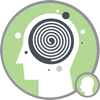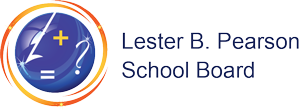
Essential Skills » SELF-Regulation Skills
SELF-Regulation Skills
Understanding that big emotions can be identified, tolerated, and managed in a productive way.

Self-Regulation
Our students often need support developing their self-regulation skills. These are skills which need to be practiced proactively, in a calm state. The basic microskills of self-regulation include: (1) identifying emotions (using the word, connecting the physical sensation to the word); (2) modulating the emotion, or in other words, turning the volume up (such as when sad, or shameful) and down (such as when angry, anxious or fearful) as appropriate; and (3) expressing the emotion with skill, in a way that is aligned with our goals and wishes.
In a best-case scenario, our students can learn about emotions, their function, and practice a variety of coping tools to find the one that suits them best. The tools should be easily accessible to be used when needed (e.g., a visual reminder or cue, or a safe space in the classroom).
It is important to note that students’ emotional experience and understanding, and the triggers they face, evolve and become more sophisticated with age. This means they need to revisit all three skills regularly.

